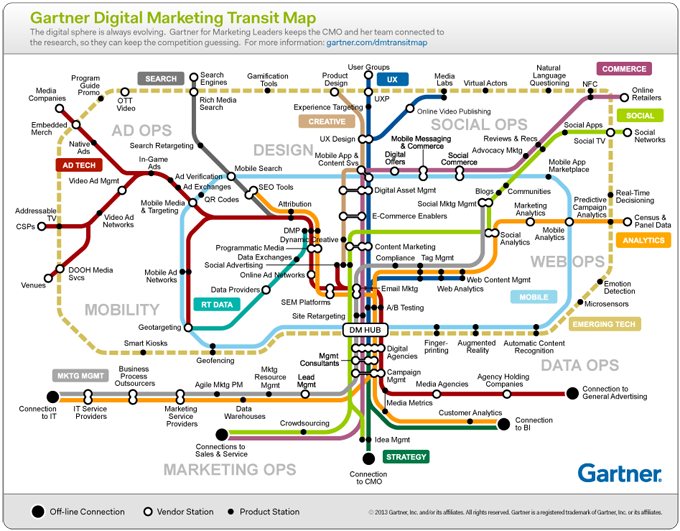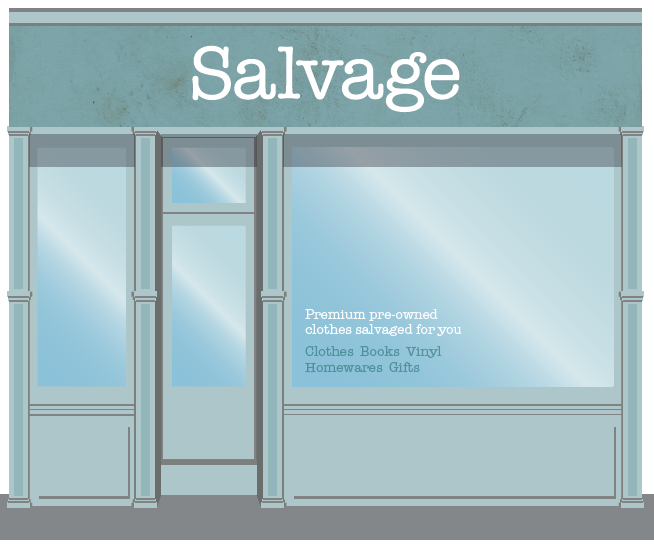
The gym. It’s an experience I endure to stay fit for weekend mountain biking adventures, but also to clear my head and gather my thoughts: we all need a bit of zen time. Sometimes I go after an intense day at work, specifically to move on from marketing challenges or blow away any frustrations. But you can never be sure where a workout will take you.
Meet ‘New Boy’
Yesterday I did a one hour spinning class session (riding a static exercise bike as if your life depends on it, alongside a group of similarly deluded masochists).
The instructor pointed out that we had a ‘new boy’ – someone who has actually been a member at the gym for almost two decades, but who was trying a spinning class for the very first time. And after the class, a couple of other gym veterans approached New Boy and shared tales of life at the gym in the ‘90s. I started wondering…
1. Had the gym really been going that long?
2. How had it kept these members loyal for almost 20 years? (A story for another time.)
3. What originally motivated the individuals to join?
4. (And just how old were these guys…)
‘Let’s do the math’
I asked New Boy if he could remember what had triggered his original gym membership purchase. It turned out that he’d cut out an advertising coupon from the local paper that gave him one free ‘taster session’ at the gym – worth about £7 in today’s money.
Let’s make some modest assumptions on the take-up rate on the gym’s free taster session voucher advertisement 18 years ago (values in today’s money). Suppose a single coupon style advertisement in the local press with a circulation of 15,000 copies cost £500, and 10 people claimed their free session: many marketers would look at traditional measures like response rates and cost per lead and judge the campaign negatively – low volume, and expensive at £50/lead.
2013 B2B Marketing Trends ‘Lead Generation’ survey
The 2013 B2B Marketing Trends ‘Lead Generation’ survey confirms that B2B marketers’ top metrics for measuring marketing ROI are lead volume, cost per lead, and revenue. But you can’t wait 20 years to count the revenue, so lead volume and cost per lead are often the default measures. On this basis, the campaign would be judged negatively – low volume leads, and costly at £50/lead.
I’d say different. Let’s assume that of the 9 other ad respondents, 5 never returned to the gym. 1 used the gym weekly as a non-member for a six month period, 2 joined and were full members for 18 months, and one joined and remained a member for 5 years. Looking at the lifetime value of the voucher campaign advertisement the results now look like this:
| Cost | Revenue |
| 10 x session redemption @ £7 | £70 |
| 5 x non-returners @ £0 | £0 |
| 1 x 26 weekly visits @ £7 | £182 |
| 2 x membership x 18 months @ £40 | £1440 |
| 1 x membership x 5 years | £2,400 |
| New Boy membership x 18 years | £8,640 |
| TOTAL CAMPAIGN £570 | £12,662 |
Result
We can only wonder whether the gym manager who placed the promotional advertisement back in 1995 won praise or scorn for the 10 person response / coupon redemption, but the result looks clear now.
Maybe it’s because marketers are under pressure to report results quickly that we have to resort to short-term metrics like simple response and cost per lead measures – they’re useful, but they’re far from the whole story. For that, you need to look closely at longer term measures like lifetime marketing value. Just ask New Boy.
> For on-brand, results driven B2B marketing, contact The Four Peas
Share
10 steps to a better marketing brief When you need your team or agency to hit the ground running,
Illustrate B2B value with a well planned case study With content that’s of real value to customers and prospects rightly
Let’s make digital marketing rock “Let’s share digital marketing secrets.” This was pretty much the introductory line that setup a




